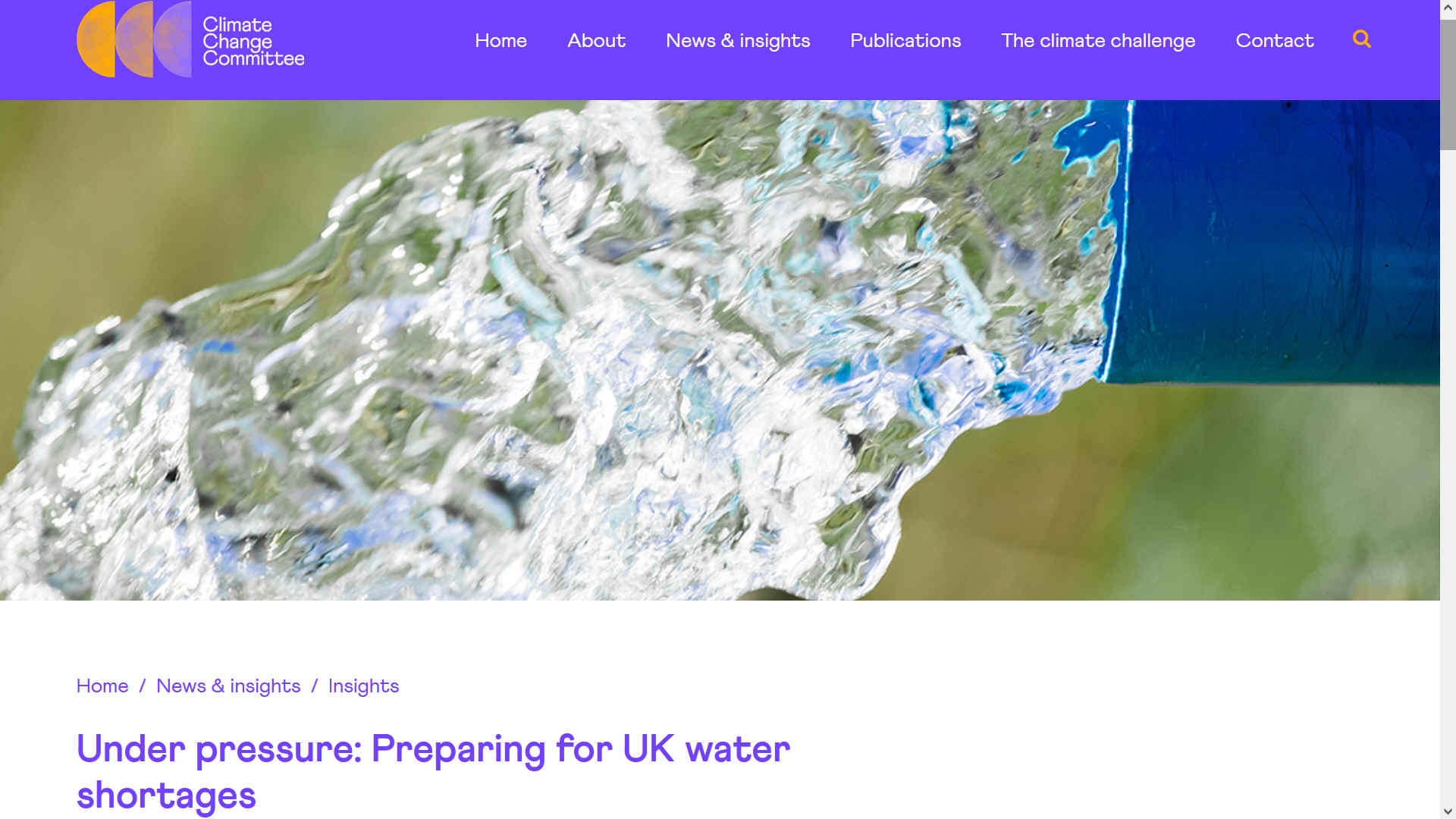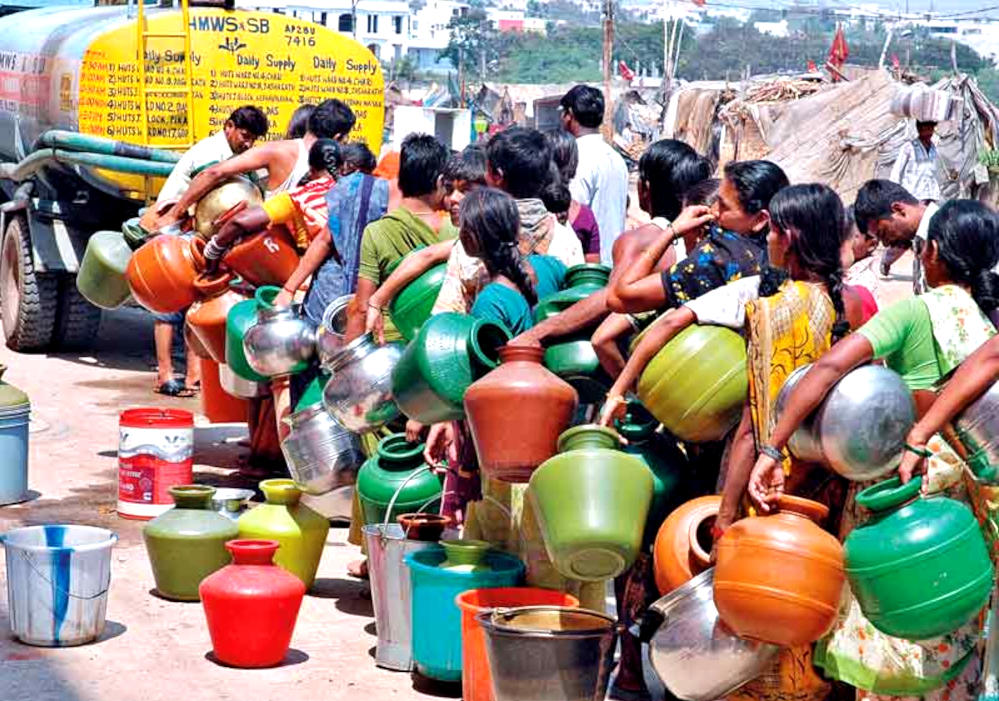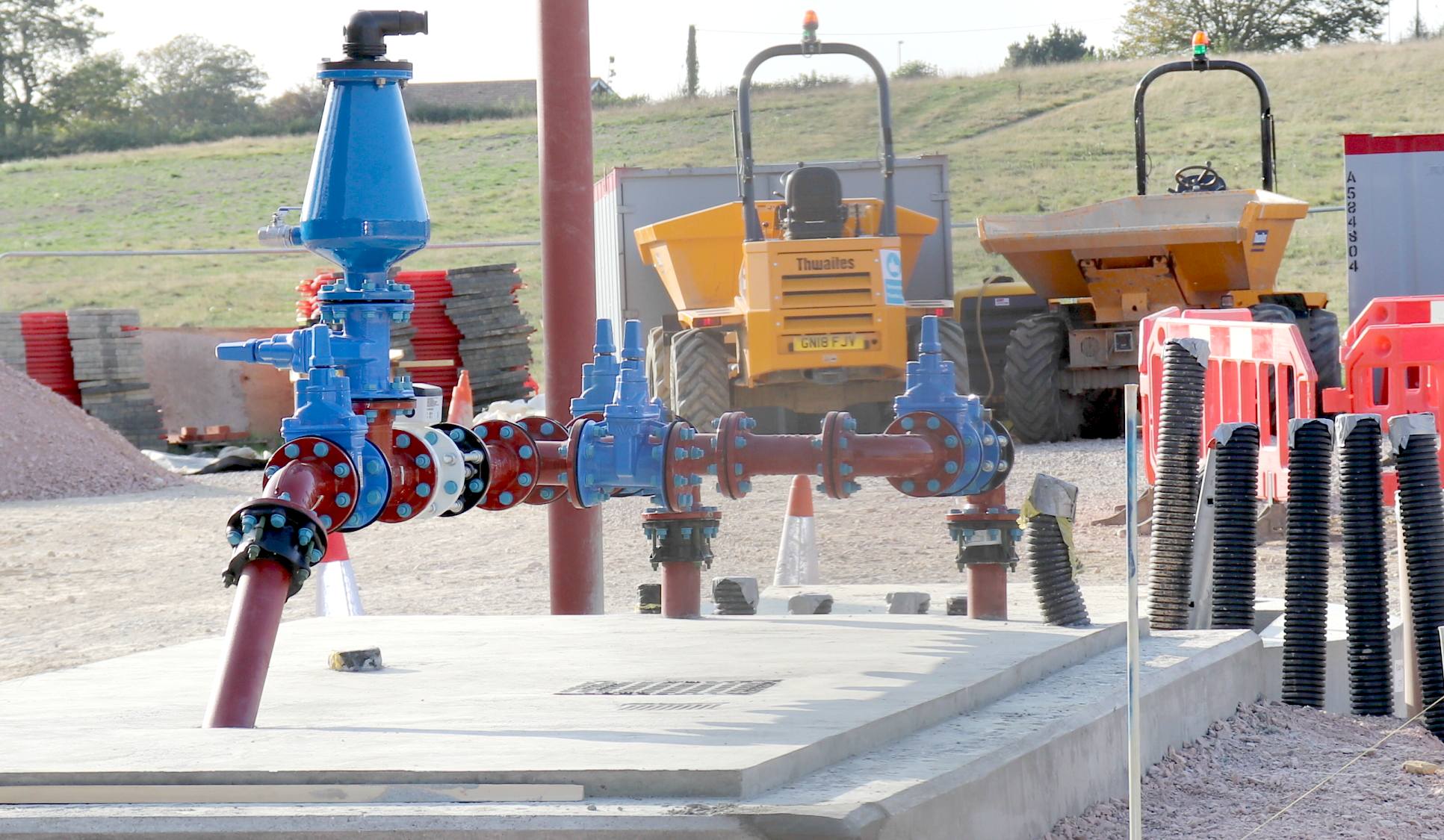
..
The
importance of a supply of fresh (potable) drinking water cannot be
overstated. Indeed, the world has a water shortage, with some countries
not having a distribution system of piped H2O, that we take for granted
in Britain. Despite the UK being a relatively well rained on country
with many reservoirs and such, we still have water shortages, hosepipe
bans and the like. Meaning that development in one area, may impede
enjoyment in another. Or, threaten wildlife and protected species.
There
are virtually no wells in regular use these days, though boreholes are
becoming more popular with a change in the law as to personal use. There
are the odd exceptions, one locally being in Herstmonceux
named Lime
Wells, because there are dual brick sinkings in close proximity. A
reliable water supply is a significant asset, sometimes very vulnerable
to adjacent development. The wells in Lime Park are vulnerable, should
the ground become contaminated with herbicides and hydrocarbons, without
suitable protections from the dominant landscape, a grassy hill
supplying the wells.

So,
please leave ours alone : )
CLIMATE
CHANGE COMMITTEE - UNDER PRESSURE: PREPARING FOR UK WATER SHORTAGES
Climate change is likely to contribute to increased risk of water supply deficits. Although plans to manage the UK’s water supply and demand are in place, water companies may need to be more ambitious as they develop strategies for the future, says Gemma Holmes.
When the UK experiences several months, or years, of low rainfall there is a risk of water shortages, droughts and the dreaded hosepipe bans. A severe drought could lead to household water supplies being cut for part, or all, of the day and makeshift water tanks being set up in our streets.
In England and Wales, we use 16 billion litres of clean drinking water every day – that’s equivalent to 6,400 Olympic sized swimming pools.
Currently, water companies can provide slightly more than we need – 2 billion litres are available above and beyond what we’re using. In some areas, though, such as south east England, there is no surplus and, as such, these regions are more likely to face supply restrictions in a dry year. Water companies are currently working to address the potential shortfalls.
Climate change is likely to mean higher temperatures which may drive up the demand for water (alongside
population
growth) and increase evaporation from reservoirs and water courses during spring and summer. The impact of climate change on total rainfall is uncertain, but the rain that does fall is likely to arrive in heavier bursts in winter and summer. Heavier rain tends to flow off land more quickly into rivers and out to sea, rather than recharging groundwater aquifers. A greater chance of prolonged dry periods is also conceivable.
Research for the Adaptation Sub-Committee’s (ASC) 2017 Climate Change Risk Assessment evidence report considered a range of possible scenarios to assess water availability in the UK up to the 2080s. The research, by consultancy HR Wallingford, considered differing levels of climate change, population growth and efforts to adapt to the impacts of
climate
change. In the absence of further actions to those already planned by water companies to balance supply and demand, under a high population and high
climate change scenario, UK water supply deficits are projected to become more widespread by the 2050s. In particular:
The north west of England and the Yorkshire and Humber region are projected to be highly susceptible to supply-demand deficits, as well as London and the south-east. However, deficits are projected in other parts of the UK as well, including areas of south Wales and the central belt of Scotland.
At a national scale, England, Scotland and Wales are projected to be in deficit by 800 million to 3 billion litres per day by 2050 (5–16% of total demand) and by 1.4 billion to 5 billion litres per day by 2080 (8-29% of the total demand).
REDUCING THE RISK
There are 24 water companies in England and Wales regulated by Ofwat. Companies are responsible for monitoring and controlling the water they supply to their customers. By law, all companies must produce a Water Resource Management Plan to forecast supply and demand in their area and explain how they plan to deliver secure public water supplies for at least the next 25 years.
When there is a drought, water companies implement Drought Plans which include a series of actions to ensure water resources are effectively managed. This includes, for example, temporary restrictions on water use (e.g. hosepipes, sprinkler systems, and swimming pools), allowing more water to be taken from
rivers, and transferring water from other regions.
To prepare for changes in water availability in the future, water companies are also looking at ways to reduce the risk of shortages and ensure supplies are resilient.
More water: Additional supply can be made available by reducing leakage in pipes, improving the water distribution network (for example by introducing transfers of water between water companies), and building or developing new water supply infrastructure (by re-using effluent, constructing reservoirs and identifying new groundwater sources). There’s some good news here. The ASC’s most recent progress report to Parliament, showed that whilst
water leakage still amounts to 3 billion litres per day, levels are down by a third since peaking in 1994/95. In 2014/15, 73% of water companies met or exceeded their leakage targets. However progress in reducing leakage has been slow in recent years.
Less demand: Water companies can reduce consumption by helping householders and businesses use water more efficiently. Current Water Resource Management Plans include an ambition to reduce average consumption to 137 litres per person per day (from 139 litres in 2015/16) and increase the roll-out of water metering to 61% of homes by 2020, from around 45% in 2015/16 (in England). Water companies have also implemented a range of other measures to reduce household water demand, such as encouraging use of water-efficient taps and appliances, and to help change common behaviours such as leaving the tap running when you’re brushing your teeth.
IS IT ENOUGH?
If these actions continue, we can expect significant improvements in the balance between water supply and demand, with substantial associated benefits. However, in the longer term, improvements on this scale are unlikely to be enough to manage the risk of major deficits by the 2050s under a high climate change scenario. Water UK, a trade body that represents and works with UK water companies, has identified a series of long-term options for reducing household and business water consumption. In many cases, their scenarios are more ambitious than those set out in current water company plans, and Ofwat is already suggesting that companies aim to reduce water leakage by 15% between 2020 and 2025.
We plan to review companies’ new water resource management plans when they are published in draft in January 2018. In particular, we’re keen to see whether these more stretching targets suggested by Water UK – and other measures to conserve supply and reduce demand – will be adopted to help manage the increasing risk of water deficits.
If not, the risk of UK water shortages looks set to rise.

WE
ALL NEED TO DRINK - In some countries there are no groundwater
pipes. Water is too valuable. Sometimes more expensive than petroleum.
Water tanker keep the human population hydrated. But it is demanding and
increases carbon footprints, where diesel is used for transport.
SOUTHERN
WATER
South
East Water Limited is part of a Group of companies. With Southern Water
Services Limited working out of different offices. Between the Group, they provide a
comprehensive water supply and waste water treatment service. They are
bound by the guides laid down by statute and regulations, and other
requirements, such as may be recommended by Natural
England.

REGISTERED
OFFICES
Southern
Water Services Ltd
Southern House
Yeoman Road
Worthing
West Sussex
BN13 3NX
Company No. 02366670
Company Type: Private Limited Company
Nature of Business (SIC):
36000 - Water collection, treatment and supply
37000 - Sewerage
71200 - Technical testing and analysis
South
East Water Limited
Rocfort Road
Snodland
Kent
ME6 5AH
Company No. 02679874
Company Type: Private Limited Company
Nature of Business (SIC):
36000 - Water collection, treatment and supply
DO
THEIR TREATMENTS MAKE SENSE?
When looked at under a magnifying glass, the decision to build a pumping
station off Chapel Row (Church Road), and pump the putrid defecations up
hill to meet with the A271, and then along Gardner Street to Victoria
Road, adds more potential problems to an already problematic
installation.
For
example, the additional pressure might lead to backwash downhill to the
village, where there have been problems before. It makes much more sense
to drain downhill. It's called gravity!
LINKS
& REFERENCE
https://www.theccc.org.uk/2017/09/12/pressure-preparing-uk-water-shortages/
https://www.theccc.org.uk/2017/09/12/pressure-preparing-uk-water-shortages/

SEPTEMBER
17 2020 - Shit handling pipes, installation at Shit
Creek, Herstmonceux, the field adjacent is to be built on with 70
houses flushing excrement down a network of pipes, but of even more
concern is the pollution from the run off of pesticides from 70 gardens
and garages, through Lime
Pond. In that Southern Water are providing the infrastructure to
make that pollution a reality, they may be held to be vicariously
liable. If any of the soil pipes from the proposed houses were to leak
into the pond, they would be criminally liable for sure.



